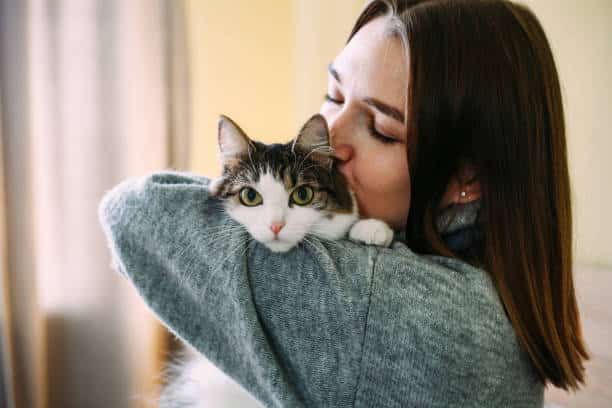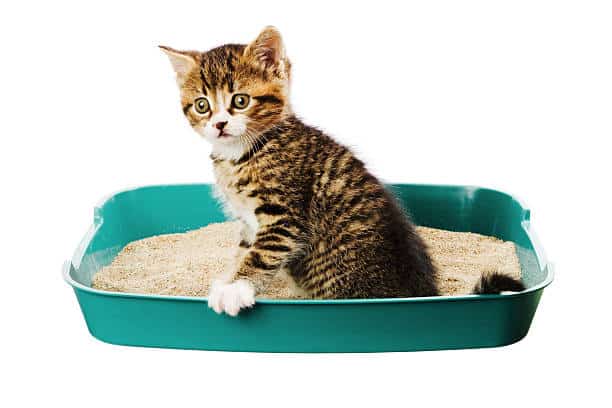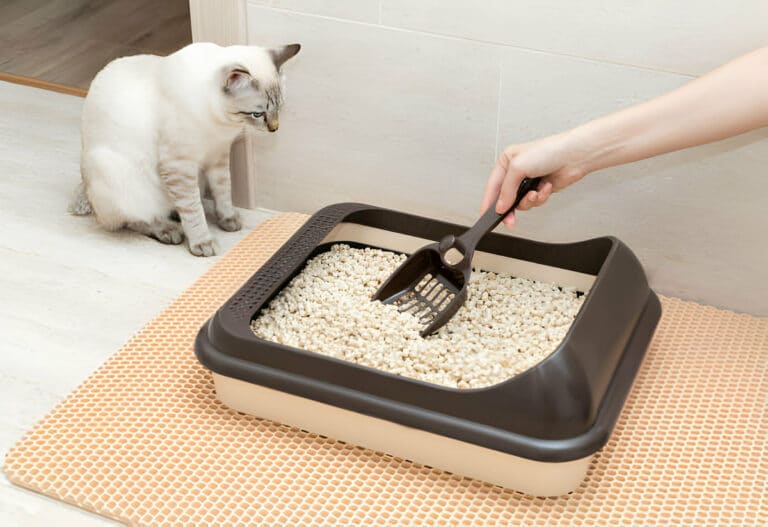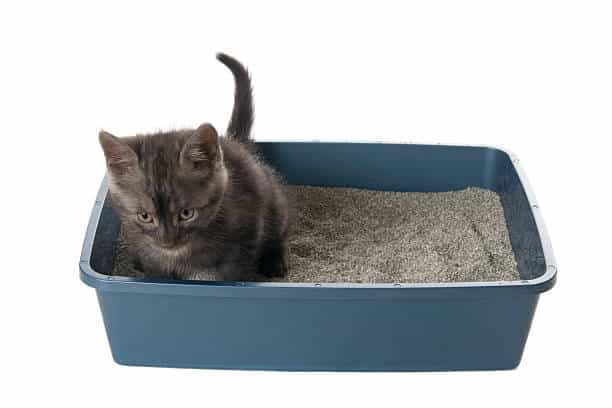Common Cat Hygiene Issues And How To Solve Them
Most cat owners understand the importance of maintaining their feline friend’s hygiene for their health and well-being. However, common hygiene issues can still arise, causing discomfort for your pet. In this comprehensive guide, we will examine into various cat hygiene problems such as litter box aversion, dental care, grooming dilemmas, and more. Learn practical solutions and expert tips to ensure your cat stays clean, healthy, and happy.
Addressing Cat Grooming Basics
How-to Guide on Regular Brushing
The key to keeping your cat’s coat healthy and shiny is regular brushing. Take a little bit of time each day to brush your cat, starting with short sessions and gradually increasing the time as your cat gets more comfortable. Use a cat-specific brush that suits your cat’s coat type to prevent matting and reduce shedding.
Tips for Bathing Your Cat Without Stress
Bathing your cat may seem like a daunting task, but with the right approach, it can be a stress-free experience for both of you. Before bathing, trim your cat’s nails to prevent scratches. Use lukewarm water and a gentle cat shampoo, and be sure to rinse thoroughly to remove all soap residue.
- Use a non-slip mat in the tub to provide stability for your cat.
- Have towels and a hairdryer ready to dry your cat quickly.
Knowing your cat’s preferences and body language is key to making bath time a positive experience. Pay attention to their signals of distress or discomfort, and always end on a positive note with treats and praise.
Litter Box Management
Factors Affecting Litter Box Use
Even the most well-behaved cat can develop litter box issues if their environment is not conducive to proper use. Factors such as the cleanliness of the box, the type of litter used, the location of the box, or even the presence of other pets can all impact a cat’s willingness to use their litter box consistently.
- Cleanliness of the litter box
- Type of litter used
- Location of the litter box
- Presence of other pets
This can lead to your cat avoiding the litter box altogether, resulting in accidents around the house. It’s crucial to address these factors promptly to ensure your cat’s litter box habits remain healthy.
How-to Keep a Clean and Odor-Free Litter Box
To maintain a clean and odor-free litter box, regularly scoop out waste at least once a day. Completely change the litter and clean the box with mild soap and water every 1-2 weeks to prevent the buildup of bacteria and odors.
Litter boxes should be placed in quiet, accessible areas of the house, away from noisy appliances or high-traffic areas. Cats prefer privacy when using the litter box, so ensure it is not in a stressful location where they may feel vulnerable.
Oral Hygiene and Nail Care
How-to Maintain Your Cat’s Dental Health
Many cat owners overlook the importance of dental hygiene in their pets. However, maintaining your cat’s dental health is crucial to preventing serious issues such as gum disease and tooth decay. With regular brushing using a cat-specific toothbrush and toothpaste, you can help keep your feline friend’s teeth clean and healthy.
Tips for Safe and Effective Nail Trimming
You might be surprised to learn that nail care is also a key aspect of cat grooming. Trimming your cat’s nails regularly can prevent them from becoming too long and causing discomfort or even injury. To trim your cat’s nails safely, use a special pair of pet nail clippers and be cautious not to cut too close to the quick.
- Choose a quiet and comfortable environment for the nail trimming session.
- Offer treats or rewards to create a positive association with nail trimming.
Any accidental cuts while trimming should be treated with styptic powder to stop the bleeding.
Solving Special Hygiene Issues
Recognizing and Addressing Persistent Fur Matting
The sight of your cat suffering from persistent fur matting can be concerning. The tangles and knots in their fur can lead to skin irritation and discomfort. Regular grooming sessions can help prevent this issue, but if matting persists, it’s necessary to address it promptly. Carefully untangle the mats using a comb or grooming tool designed for this purpose. In severe cases, you may need to consult a professional groomer or veterinarian for assistance.
How-to Deal with Excessive Shedding
Issues with excessive shedding in cats can often be managed with proper grooming practices. Regular brushing helps remove loose fur and prevents it from accumulating in your home. Choose a brush that suits your cat’s coat type and grooming needs. In some cases, dietary supplements or adjustments may also help reduce shedding. If shedding seems excessive and continues despite grooming efforts, consult your veterinarian to rule out any underlying health issues.
Understanding the underlying causes of your cat’s excessive shedding is crucial in addressing the issue effectively. Factors such as diet, stress, seasonal changes, or medical conditions can contribute to increased shedding. Observing your cat’s behavior, monitoring their grooming habits, and seeking veterinary advice can help pinpoint the root cause. By identifying and addressing the underlying issue, you can help your cat maintain a healthy coat and minimize excessive shedding.
Summing up
Ultimately, maintaining proper hygiene for your cat is necessary to their overall health and well-being. By addressing common issues such as dental care, litter box cleanliness, and grooming, you can ensure your feline friend lives a happy and healthy life. Regular brushing, dental check-ups, and providing a clean litter box are simple yet effective ways to prevent hygiene-related issues in cats. Remember to consult with your veterinarian for personalized advice and solutions to keep your cat clean and healthy.
FAQ
Q: What are common cat hygiene issues?
A: Common cat hygiene issues include dirty fur, dental problems, and litter box issues. Cats are meticulous groomers, but they can still develop dirty fur, especially in hard-to-reach areas. Dental problems can arise if a cat’s teeth are not properly cared for. Litter box issues, such as not using the litter box or not burying waste, can also impact a cat’s hygiene.
Q: How can I solve dirty fur in my cat?
A: To address dirty fur in your cat, regular grooming is necessary. Brush your cat’s fur to remove loose hair and prevent mats. For hard-to-reach areas, you may need to gently wipe them with a damp cloth. If your cat is unable to groom themselves adequately, consider a professional grooming session. Additionally, a balanced diet and regular vet check-ups can help maintain your cat’s coat and overall hygiene.
Q: What can I do to prevent dental problems in my cat?
A: Preventing dental problems in your cat starts with regular dental care. Brush your cat’s teeth regularly using a pet-specific toothbrush and toothpaste. Feeding them dental treats or toys designed to promote dental health can also help. Annual dental check-ups with your vet are crucial for early detection of any dental issues. Providing your cat with chew toys can help keep their teeth clean and healthy.







